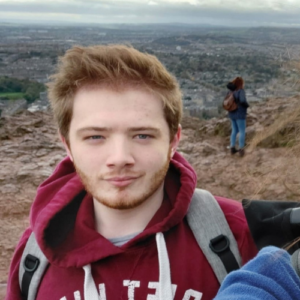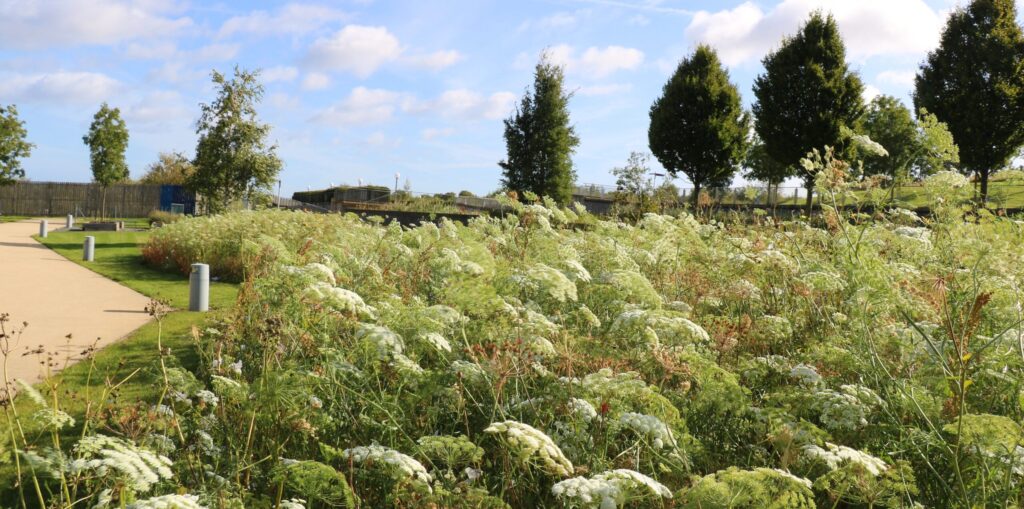Science Insights is an exciting summer work experience programme designed to give school pupils a real insight into the work and life of research scientists across different areas of biological, biomedical and animal sciences. Two placement students from the MSc Science Communication and Public Engagement course, Alex and Joe, tell us about their time working with the project.
Alex

I chose Science Insights because I was interested to discover how research-based institutions engage with younger generations through science. It also gave me the chance to apply some of the knowledge I had learnt on my course.
My work over the 8 week placement has focused on the promotion of Science Insights. I have had the opportunity to assist with the promotion of the programme on various social media platforms such as Instagram, design a small video that aims to demonstrate the positive impacts of the programme on its various alumni and complete detailed and informative interviews that have helped demonstrate the vast array of benefits that Science Insights has to offer.
Joe

The focus of my time with Science Insights has been on the development of online resources. I have been looking at finding additional uses for existing media content to be used online, developing a library of video content that can be used in promotional content or as an online resource. I have tried to repurpose elements of this content into clips for social media to improve outreach.
I have also worked on elements of a social media strategy, focussing on developing a Twitter campaign with the hopes to grow Science Insights. I researched potential ways to better reach schools in the area to ensure that all potential applicants know about the programme, as well as better diversify the applications we receive.
Reflection
Throughout this experience we have had the opportunity to develop a number of different skills that will help us with our future career plans. We have gained valuable insight into various public engagement practices by connecting with a number of Science Insights alumni and learnt a number of new communication skills that we were previously unfamiliar with.
We’d like to say a massive thank you to both Robin and Steph, for their support and experienced guidance throughout the last 8 weeks, and I look forward to hearing about Science Insights in the years to come, it really has been a pleasure to work on a project providing such excellent opportunities for young people.
Science Insights
The Science Insights team have found it extremely valuable to work with Alex and Joe, as they have given a new perspective and fresh eyes around how to promote the programme. The Team are looking forward to running Science Insights again in Summer 2022 and the work Alex and Joe have done will help us to encourage more young people to apply and more researchers to take part.








